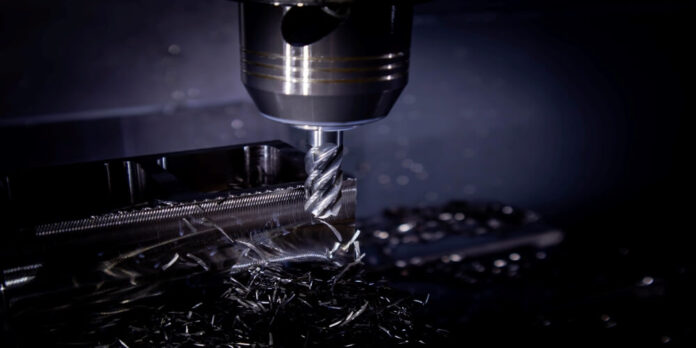
Rapid prototype tooling allows fast production and testing of products. Regardless of the industry, tooling plays a vital role in the production process. Prototyping is not as expensive as production can be used to offset any challenges in the production phase. 3D printing and the use of 3D computer-aided design (CAD) has continuously encouraged the use of rapid prototype tooling for production parts.
Conventional tooling vs. Rapid prototype tooling
Depending on the nature of your process, convectional tooling is mainly made of durable and expensive steel. Other alloys can serve the same purpose but compare to rapid tooling, they are all a notch higher in cost. You can also opt to go with soft tooling, but the price cannot compare to rapid prototype tooling. In the past, prototyping was quite costly, and to offset this, manufacturers were forced to produce in bulk. In the end, you could find manufacturers stranded since they have a lot in their storage facilities, yet the demand is not that high. Our production processes require tools; although cost can be controlled, there rises the need to monitor your time. The shorter the production cycle, the better.
The production process may take up days or even months to complete with conventional tooling. The trick with rapid prototype tooling is making less durable tools for a shorter life span than traditional tools. With rapid tooling, engineers can work with less expensive materials and speed up the process of production, saving on cost and time.
Rapid Tooling Process
Rapid tooling is a cheaper, flexible, and fast production solution meant for low volume production. Rapid tooling is used to make parts or prototypes meant for production processes. Rapid prototype tooling solves shortage problems and helps manufacturers increase their profit margins by cutting on cost.
Rapid tooling involves various technologies and equipment, depending on the type and nature of parts or prototypes at hand. Below are some of the processes found in rapid prototype tooling;
- CNC machining
- 3D Printing
- Plastic injection
- Stamping and forming
- Casting and extrusion
Industries that benefit from rapid tooling
Several sectors have integrated rapid tooling in their production processes, and the results are fantastic. With shortened production processes, they can thoroughly test and adjust their prototypes, making the final product more manageable and efficient.
Automotive industry
The automotive industry is one of the beneficiaries of rapid prototype tooling. When automotive engineers are making prototypes, they must optimize their production processes to ensure less or no wastage of materials. Since rapid tooling uses additive manufacturing, the issue of waste is well dealt with. 3d printing in the automotive industry has further catalyzed the integration of rapid tooling.
Medical industry
The medical industry mostly requires customized parts since not all patients have the same needs. In some cases, personalized pieces are requested urgently; hence speed matters. Rapid prototyping is critical here since production is fast and flexible. Rapid tooling has numerous advantages over the conventional tool, making it crucial in producing parts and prototypes.





